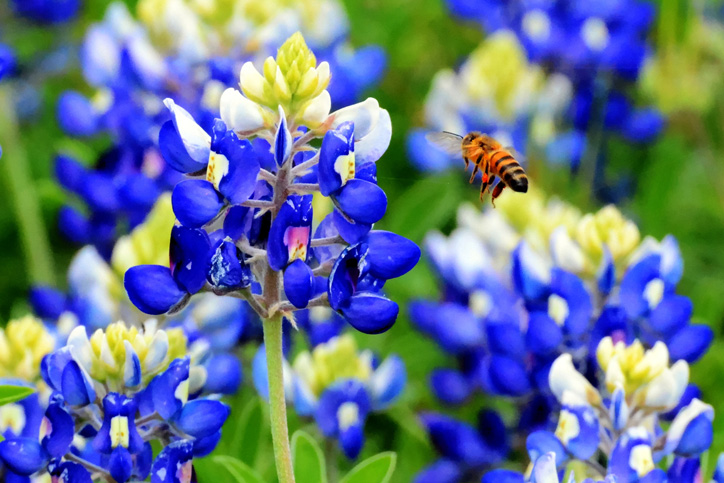
- Mexican mint marigold
Native to Mexico and Guatemala, Mexican mint marigold is a hardy perennial that, come fall, produces bright blossoms that will surely add a beautiful pop of color to your garden. Because of its origins, this plant will thrive well in North Texas.
Aside from producing lovely fall blooms, the aromatic dark green leaves of Mexican mint marigold can also be used for a variety of purposes. It’s said that if you’ve been bitten by a rattlesnake, a poultice made from marigold leaves will treat the bite. Similar to tarragon, you can use the fresh leaves and add it to your green salads or to season your meats. Mexican mint marigold leaves can also be brewed into tea.
- Salvia
A favorite among master gardeners in North Texas, salvia has many varieties and species that thrive well in the region. Considered as a “go-to yard plant,” salvia is resistant to drought, heat tolerant, and requires little maintenance.
One of the most popular varieties of local master gardeners is the mystic spires blue, which grows to up to 3 feet in height. It produces gorgeous deep blue to purple flowers that eventually fade into white during spring and summer. This perennial plant would look exceptional when complemented with black-eyed Susans and new gold lantanas. This plant also attracts the endangered Monarch Butterfly.
- Black-eyed Susan
Also known as Gloriosa Daisy, this long-blooming perennial will make sure your Hood County garden is awash with colors from summer through fall. Aside from their ornamental value in the garden, black-eyed Susans also attract butterflies and will make for great decoration inside a home or as a part of a bouquet.
Black-eyed Susans are relatively easy to grow in the region and require low maintenance. It thrives well, however, with partial to full sun exposure and regular pruning of dead flower heads (especially if you want more blooms in your garden).
- Texas bluebonnet
The bluebonnet is the state flower of Texas and, coincidentally, the star of our company’s logo. Bluebonnets add a beautiful dash of rich sapphire hues to the garden every spring, but it can be tricky to establish this plant.
Texas bluebonnets best thrive in Hill Country and under specific conditions. You’ll need to put in some tender love and care to establish a good stand in your garden. Expert gardeners advise to scarify the seeds, let them enjoy full sun, and avoid placing them in a crowded area. For more tips on how to grow Texas bluebonnets, check out this link.
- Texas star
A type of hardy hibiscus that grows well in North Texas, the Texas star is a popular choice if you want to attract butterflies and hummingbirds in your garden. From summer through fall, the plant produces crimson or white blooms that extend up to 4 inches in width.
Texas star requires constant watering and grows best in moist but well-drained soil. Although they die down in the winter, sprouts will eventually pop up in the late spring and grow with minimal human care. If there is a downside to Texas stars, it will be that it also attracts grasshoppers.
Please contact Coleman Real Estate LLC at 817-579-9300 or email info(at)lakegranburyproperties(dotted)com for assistance with all of your real estate needs.
